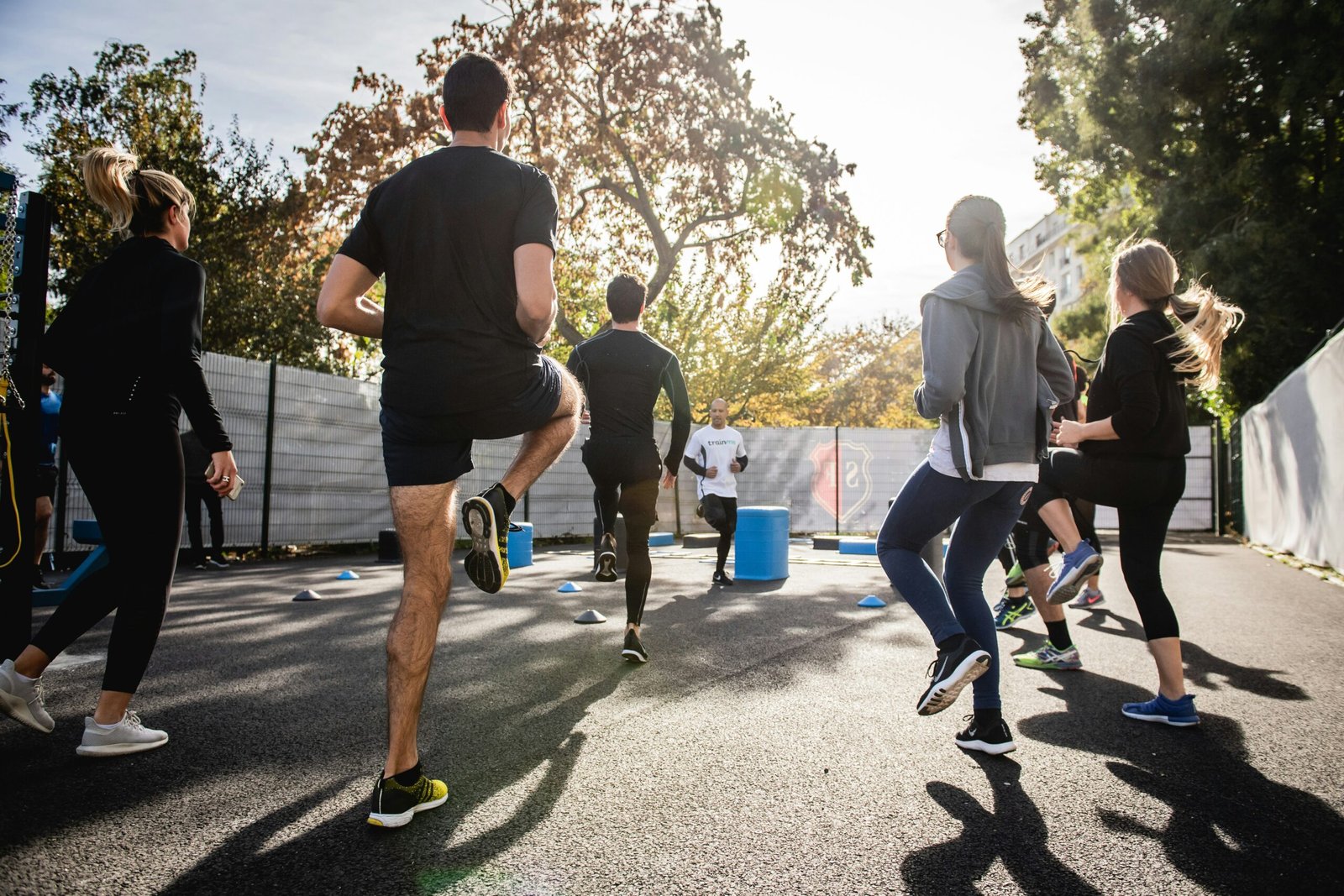Daily Step Goals – How to Be More Active and Achieve the Benefits of Regular Activity
Introduction
Daily step goals have long been touted as a simple yet effective way to improve physical activity levels and promote better health. Historically, the recommendation of achieving 10,000 steps per day gained popularity for its association with various health benefits. However, current research suggests that the optimal daily step goal may vary depending on individual factors and health objectives.
Updated Research Findings
Recent studies have questioned the universal applicability of the 10,000 steps per day goal and have highlighted the importance of personalized activity targets. While achieving 10,000 steps per day remains a valuable goal for many individuals, especially those looking to improve overall fitness and cardiovascular health, newer research suggests that even modest increases in daily step counts can yield significant health benefits.
For sedentary individuals or those with mobility limitations, starting with smaller, achievable step goals and gradually increasing activity levels over time may be more realistic and sustainable. Additionally, focusing on overall daily physical activity rather than solely on step count can also be beneficial.
Recommendations for Sedentary Individuals
For sedentary individuals looking to increase their daily step count and improve physical activity levels, it’s essential to start slowly and gradually build up momentum. Here are some recommendations:
- Set achievable daily step goals: Begin with a realistic step goal that is challenging yet attainable based on your current activity level and fitness level.
- Use a pedometer or activity tracker: Track your daily steps using a pedometer or wearable device to monitor progress and stay motivated.
- Break it down: Divide your step goal into smaller, manageable increments throughout the day, such as taking short walks during breaks or after meals.
- Find opportunities to move: Look for opportunities to incorporate more movement into your daily routine, such as taking the stairs instead of the elevator or parking farther away from your destination.
- Gradually increase intensity: As you become more comfortable with your daily step goal, gradually increase the intensity and duration of your activities to continue challenging yourself and improving fitness.
Recommendations for Active Individuals
For individuals who are already active and looking to achieve a daily step goal, here are some additional recommendations:
- Set specific goals: Identify a target number of steps to achieve each day and track your progress using a pedometer or activity tracker.
- Incorporate variety: Mix up your activities to include a combination of walking, running, cycling, swimming, and other forms of physical activity to keep things interesting and challenging.
- Set challenges: Challenge yourself to reach specific milestones, such as increasing your step count by 10% each week or completing a certain distance within a set timeframe.
- Find a workout buddy: Partnering with a friend or family member can provide motivation and accountability to help you stay on track with your daily step goals.
Tips to Break Up Periods of Inactivity
Breaking up periods of inactivity, especially during prolonged sitting at work or during sedentary activities, is essential for overall health and well-being. Here are some tips to incorporate more movement into your daily routine:
- Take regular breaks: Set a timer to remind yourself to stand up and stretch or take a short walk every hour during long periods of sitting.
- Use a standing desk: Consider using a standing desk or adjustable workstation to alternate between sitting and standing throughout the day.
- Take the stairs: Opt for the stairs instead of the elevator whenever possible to increase daily step count and promote cardiovascular health.
- Walk and talk: Take walking meetings or phone calls to add physical activity to your workday while still being productive.
- Desk exercises: Incorporate simple exercises such as leg lifts, desk push-ups, or seated leg extensions to keep your muscles engaged and promote blood flow.
Motivation Strategies
Staying motivated to achieve your daily step goals is essential for long-term success. Here are some creative motivation strategies to keep you moving:
- Set rewards: Reward yourself for reaching milestones or achieving personal bests with non-food rewards, such as a relaxing bath, a new book, or a movie night.
- Join a community: Joining a walking group or online community can provide support, accountability, and motivation to stick to your goals.
- Track progress: Use a journal or app to track your daily steps and progress over time. Celebrate your achievements and reflect on how far you’ve come.
- Set challenges: Challenge yourself to reach specific goals, such as walking a certain distance, completing a virtual race, or participating in a step challenge with friends or coworkers.
- Find enjoyment: Choose activities you enjoy and make them part of your daily routine. Whether it’s walking outdoors, dancing to music, or practicing yoga, find activities that bring you joy and fulfillment.
Conclusion
Daily step goals can be a valuable tool for improving physical activity levels, promoting better health, and enhancing overall well-being. Whether you’re a sedentary individual looking to increase your activity levels or an active person striving to achieve new fitness goals, setting realistic targets and incorporating creative strategies to stay motivated can help you succeed in reaching your daily step goals.
References
- Tudor-Locke C, Craig CL, Thyfault JP, Spence JC. A step-defined sedentary lifestyle index:
Incidental physical activity and metabolic syndrome among US adults (NHANES 2003-2006).
Preventive Medicine. 2009;49(5):368-373. - Yates T, Haffner SM, Schulte PJ, et al. Association between change in daily ambulatory activity and cardiovascular events in people with impaired glucose tolerance (NAVIGATOR trial):
A cohort analysis.
The Lancet. 2014;383(9922):1059-1066. - Wing RR, Goldstein MG, Acton KJ, et al. Behavioral science research in diabetes:
Lifestyle changes related to obesity, eating behavior, and physical activity.
Diabetes Care. 2001;24(1):117-123. - Clevenger KA, Smiciklas-Wright H, Chapman-Novakofski K. Dietary intake and body mass index in a group of 18- to 30-year-old African American adults.
J Am Diet Assoc. 2001;101(10):1241-1245.




